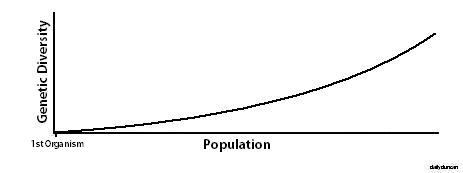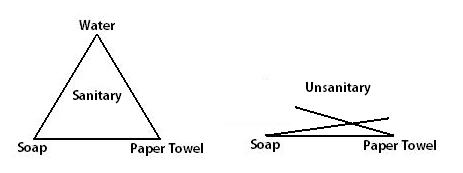Genetic diversity measures the amount of genetic variation in a species or local population. If a regional population of rabbits, for instance, were to dwindle into scarcity, its survival would not only be threatened by outside forces, but by its own lack of genetic diversity. Without this variation in genetic information, a species is unable to successfully build a healthy and diverse population. A diverse gene pool is vital for averting catastrophic fatalities from disease, as well as avoiding the degenerating effects of inbreeding.
A well documented example of a species struggling with the genetic diversity problem is the cheetah. Scientists believe that around 10,000 years ago the cheetah, along with many other species, was brought to the brink of extinction because of changes to their climate. With so few of them remaining, the cheetah’s offspring were forced to inbreed. During the last hundred years the cheetah population has been reduced drastically. Now the cheetah faces extinction because it lacks the genetic diversity to create a varied gene pool. Cool, huh?
But where did cheetah’s come from? Don’t all cheetahs, mammals and all creatures on Earth descend from an original? If that’s true, then why didn’t the original cheetah, human or bacteria encounter the problem of genetic diversity?
Mutation can’t solve this problem because inbreeding destroys a population far faster than mutation could add diversity. Below are two graphs that show potential origins for genetic diversity.



The final graph shows how, even though the cheetah population bounced back from near-extinction, the genetic diversity never increased. It may seem like the blue line should follow the red, but it doesn’t – it can’t. It doesn’t matter how many offspring those few cheetahs had, they were all the inbred offspring of a small number of cheetahs. Increasing population does not increase variety, it merely preserves it. It may appear as though variety is increasing because a wider spectrum of size and shape appears in the population, but that is merely the emergence of already-present recessive genes.
If this is true, and genetic diversity can’t increase by mutation or propagation, then we all living on borrowed time, like the cheetah has for the past 10,000 years. Eventually we will crash into the boundaries of our genetic variability. But maintaining a high population does create a buffer which slows this degradation, so remember to have plenty of babies in order to maximize the preservation of of your genetic information.





